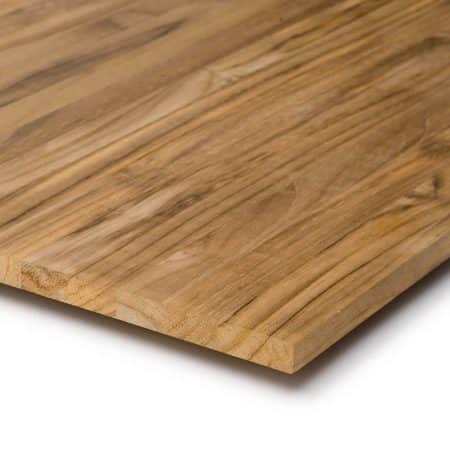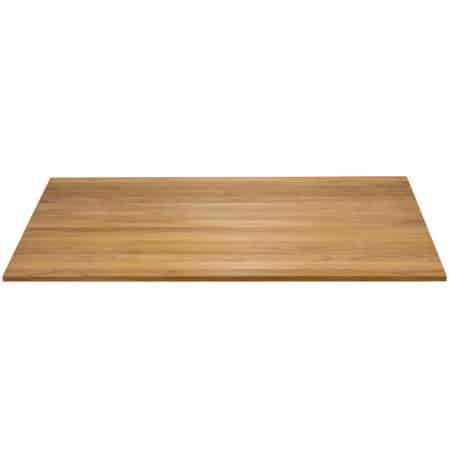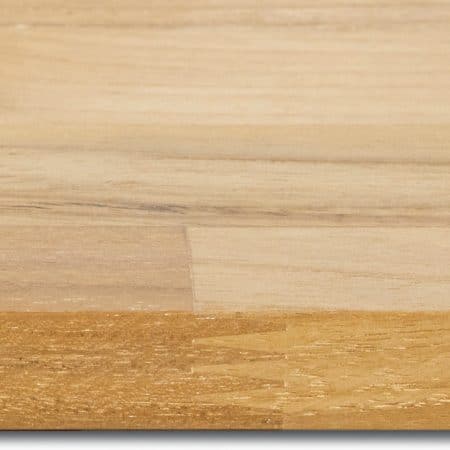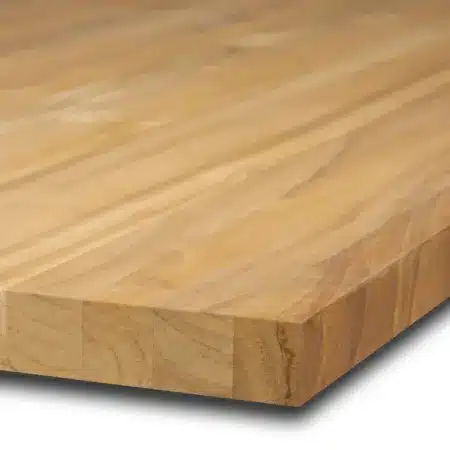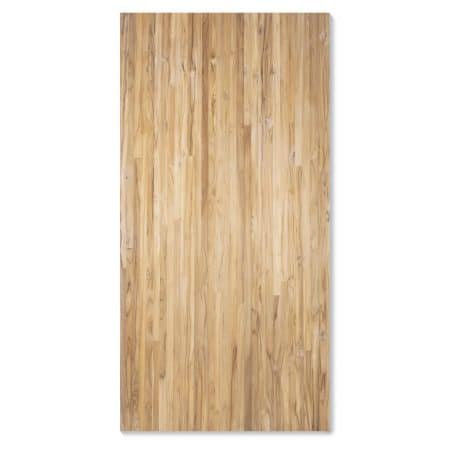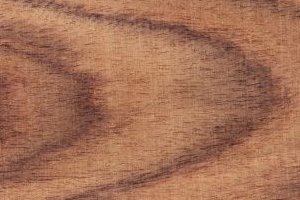
|
Origin |
Central and South America, Southeast Asia, Madagascar |
|
bulk density |
800-1000 kg/m³ |
|
durability class |
1-2 |
|
radial shrinkage |
0,23 - 0,25% |
|
Tangential shrinkage |
0,35 - 0,39% |
|
wood color |
yellowish-brown to reddish-violet, often changing within a species or even within a tribe |
|
wood structure |
Coarsely needle-cracked, pores predominantly arranged individually scattered, with dark and light-colored core materials |
|
Usage |
decorative veneers for high quality furniture, panelling, cabinets and boxes |
Rosewood (Dalbergia) includes nearly 280 species worldwide, mainly climbing plants, shrubs and small trees. This fact sheet focuses on species that are used commercially and traded internationally. The term “rosewood” is derived from the Spanish “palo santo” (holy wood). The English name “rosewood” and the French “bois de rose” refer to the sweet, rose-like scent of some rosewood when dried. In German, “Rosenholz” is often used as a translation for “rosewood”, but this can also refer to woods from other genera. The genus Jacaranda, including the “rosewood tree,” is distinct from Dalbergia and is not a rosewood tree.
The rosewood woods are characterized by their diverse range of colors, from yellowish to almost black, and characteristic patterns. The pore size varies depending on the species, while banded axial parenchyma and rays characterize the wood appearance. A special feature is the often noticeable scent, which is helpful for identification. Machining requires more effort on the harder types and the use of carbide tools is recommended. Drying is slow and requires careful control to avoid defects. Rosewood woods are ideal for musical instruments, particularly woodwind instruments, furniture components and decorative veneers due to their excellent durability against fungal attack. Musical instrument manufacturers and the Chinese furniture industry are important buyers of these unique woods.
Since January 2017, all Dalbergia species have been subject to the Washington Convention on International Trade in Endangered Species. Nevertheless, an environmental organization shows that over 2012 cubic meters of rosewood have been illegally exported from Ghana to China since 401.500. Similar practices are also being uncovered in Senegal and Gambia. Despite official bans, the wood is smuggled, with Chinese traders playing a key role. Illegal trade is putting a significant strain on rosewood stocks, even though they are already at risk from legal logging.
Sources: Wikipedia, Wood from the specialist (GD Wood)


